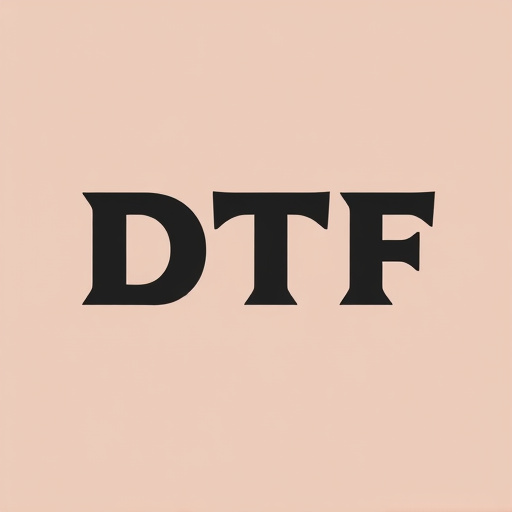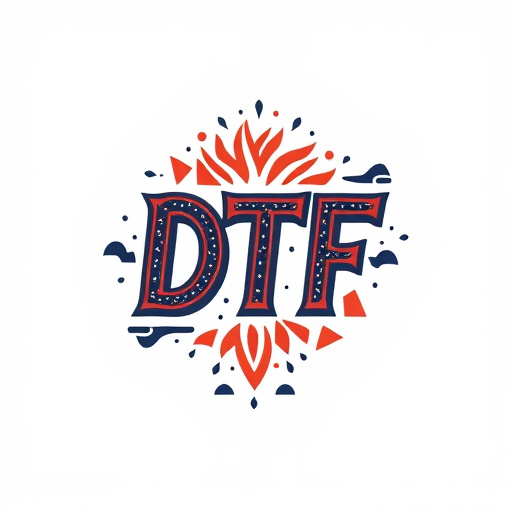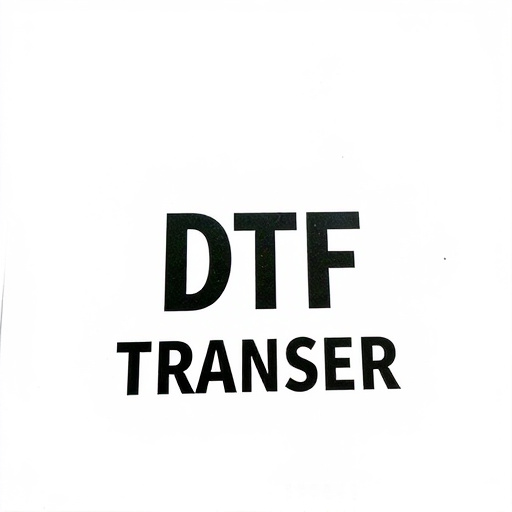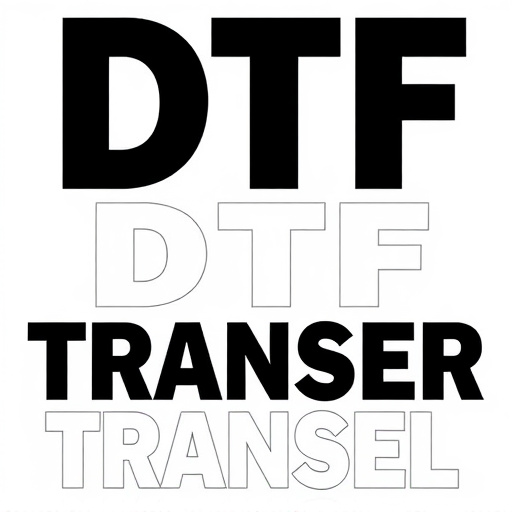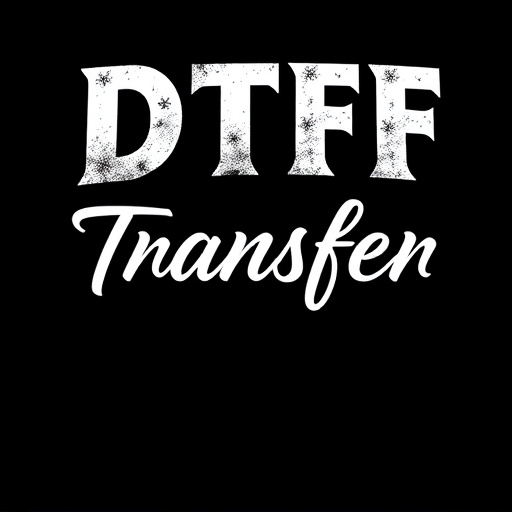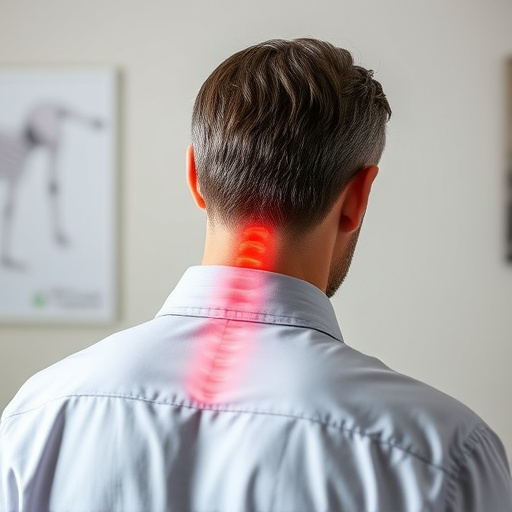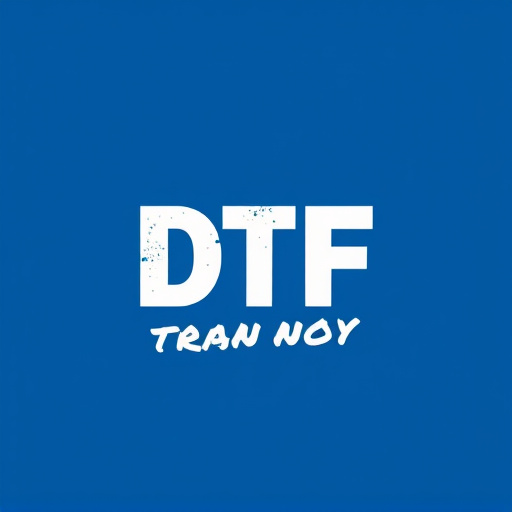Direct-to-Film (DTF) technology is revolutionizing graphic applications on non-fabric surfaces by offering efficient, precise, and high-quality printing solutions. This method uses specialized adhesives and transfer films to print intricate designs with vibrant colors on diverse materials like wood, metal, and glass. DTF Printing streamlines production times, enhances visual appeal, and provides durable prints suitable for various industries, from retail signage to marine decorations. Understanding project needs, choosing compatible adhesives, and following best practices ensure successful DTF transfers, making it a versatile game-changer across multiple sectors.
Adhesive direct-to-film (DTF) products are transforming the way we print on non-fabric surfaces. This innovative technology offers a comprehensive overview of high-quality transfers, enhancing diverse materials from metal to acrylic. In this article, we explore the advantages and applications of DTF for non-fabric surfaces, delving into its process, best practices, and common mistakes to avoid. Discover how DTF printing revolutionizes branding, signage, and decorative arts with precise, vibrant prints that withstand the test of time.
- Understanding DTF Transfer: A Comprehensive Overview
- Advantages of Using DTF for Non-Fabric Surfaces
- Suitable Applications and Industries for DTF Printing
- The Process: How DTF Transfers Work on Diverse Materials
- Choosing the Right DTF Products for Optimal Results
- Best Practices and Common Mistakes to Avoid
Understanding DTF Transfer: A Comprehensive Overview
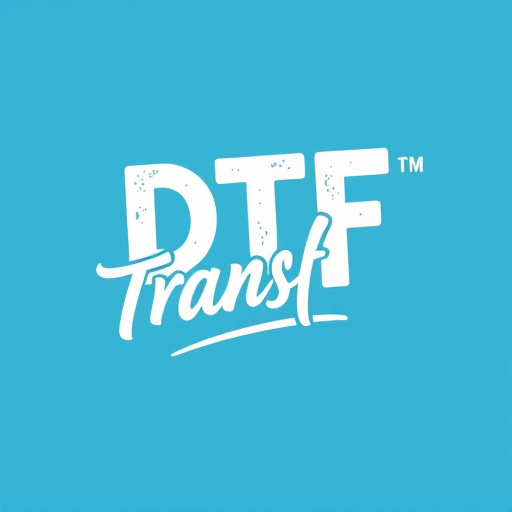
The Direct-to-Film (DTF) transfer process is a cutting-edge technique revolutionizing the way we apply graphics to non-fabric surfaces. It involves transferring high-quality prints directly onto various materials, offering an efficient and precise alternative to traditional application methods. DTF technology utilizes specialized adhesives and printing techniques to ensure long-lasting bonds on diverse substrates like wood, acrylic, glass, and even metal. This method is particularly advantageous for creating intricate designs with vibrant colors and crisp details.
DTF Printing provides a versatile solution for businesses and individuals seeking to enhance their marketing displays, interior decorations, or custom product finishes. With its ability to produce sharp prints on non-porous surfaces, DTF offers a game-changer for those looking to elevate their visual communication. The process is designed to be efficient, enabling quick production times without compromising on aesthetics, making it a preferred choice for many industries.
Advantages of Using DTF for Non-Fabric Surfaces

Adopting Adhesive Direct-to-Film (DTF) technology for non-fabric surfaces offers a multitude of advantages, streamlining various applications and enhancing visual appeal. DTF Printing involves transferring printed inks directly onto surfaces like wood, metal, or plastics, eliminating the need for traditional lamination or coating methods. This approach is particularly beneficial due to its efficiency; DTF Transfer allows for quick production times and precise, high-quality prints—a boon for businesses seeking swift turnaround without sacrificing aesthetics.
Moreover, DTF products provide exceptional durability, ensuring that designs maintain their vibrancy and integrity over time, even on demanding surfaces. The adhesive properties of DTF ensure long-lasting adhesion, resisting fading and chipping, a key advantage for outdoor applications or high-traffic areas. This versatility makes DTF Printing a preferred choice for creating eye-catching signage, decorative accents, and functional components across diverse industries, from automotive to architecture.
Suitable Applications and Industries for DTF Printing
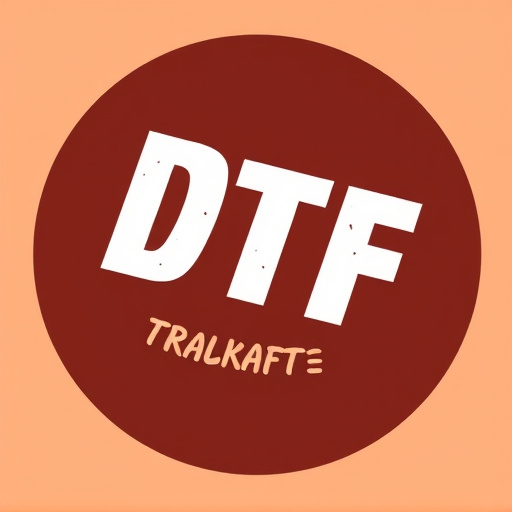
Direct-to-film (DTF) printing has a wide range of suitable applications across various industries. This innovative technique allows for the application of graphics and designs directly onto non-fabric surfaces, opening up a world of possibilities. From marketing and advertising to signage and decor, DTF Transfer is a game-changer. It’s particularly useful in sectors like retail, where dynamic window displays and promotional materials are constantly in demand, allowing businesses to easily update their visuals.
Additionally, industries such as automotive, marine, and even home décor appreciate DTF for its ability to produce high-quality, long-lasting prints on challenging surfaces. The versatility of DTF Printing means that almost any non-porous surface can be transformed into a canvas, enabling creative expression in both commercial and residential settings.
The Process: How DTF Transfers Work on Diverse Materials
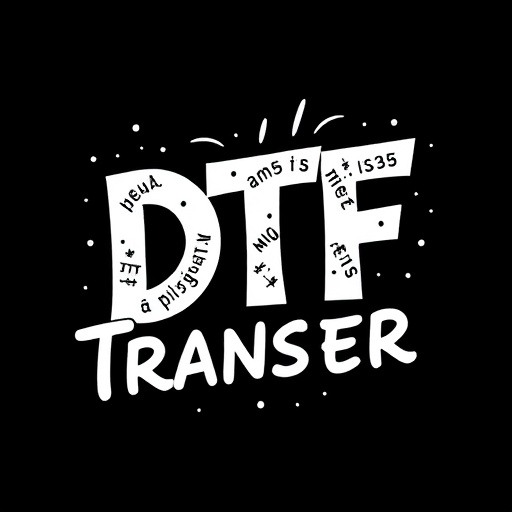
The process behind DTF (Direct-to-Film) transfers is a precise and innovative method for applying designs to diverse non-fabric surfaces. It involves several key steps: first, the desired graphic or image is printed onto a special transfer film using DTF printing technology. This film acts as a carrier, ensuring the design is accurately replicated. Once prepared, the transfer film is carefully positioned over the target surface, which can vary from glass and metal to ceramic and wood. A heat press is then used to apply heat and pressure, fusing the printed film onto the material.
During this process, the DTF ink melts and adheres to the substrate, creating a long-lasting and vibrant print. The precision of DTF transfers allows for intricate designs and detailed imagery, making it suitable for a wide range of applications. Whether adorning a window with artistic etchings or personalizing electronic devices, DTF prints offer a unique and visually appealing finish that enhances various non-fabric surfaces.
Choosing the Right DTF Products for Optimal Results

When selecting adhesive direct-to-film (DTF) products for non-fabric surfaces, understanding your project requirements is paramount. The right DTF transfer or print will ensure optimal adhesion and vibrant, long-lasting DTF prints. Consider factors like surface type – whether it’s smooth, textured, or reflective – as these can influence the choice of adhesive. Additionally, the desired design complexity and size play a significant role in determining the suitable DTF printing method and materials.
For example, intricate designs with fine details may require a more advanced DTF transfer technique to capture precision. Conversely, simple, bold graphics might be best achieved with a straightforward application process. Furthermore, choosing adhesives designed for specific surface types ensures better bond strength and prevents premature fading or peeling of DTF prints.
Best Practices and Common Mistakes to Avoid
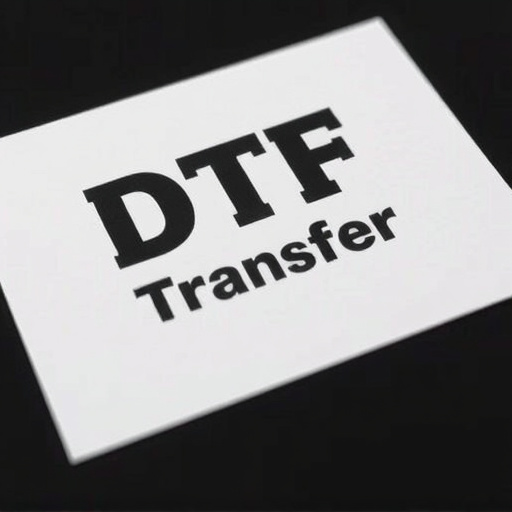
When working with adhesive direct-to-film (DTF) products for non-fabric surfaces, best practices ensure optimal results and longevity of your DTF transfers. Firstly, always clean and prepare the surface thoroughly before application. Dust, grease, or existing adhesives can compromise adhesion. Use appropriate primers to enhance bonding if necessary. Ensure precise registration during printing to maintain crisp lines and avoid overlap.
Common mistakes to avoid include using incompatible adhesives for specific surfaces, leading to peeling or loss of adhesion. Misaligning prints can result in uneven applications and visible defects in the final DTF prints. Over-applying adhesive or using too much pressure can cause bubbling or delamination. Remember that different materials require unique approaches; test on similar surfaces before applying to your final project to avoid surprises.

